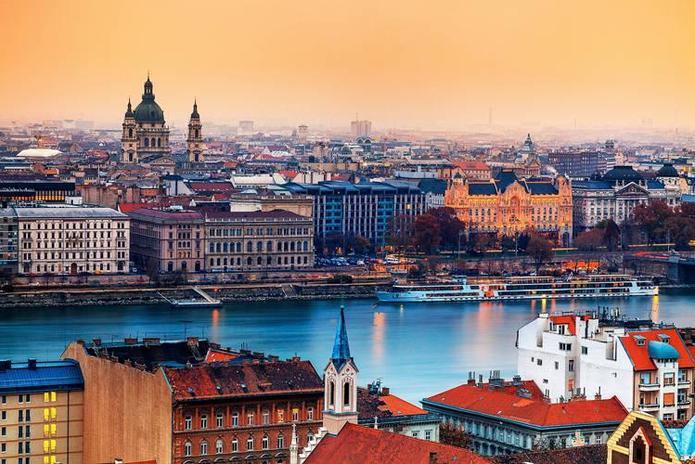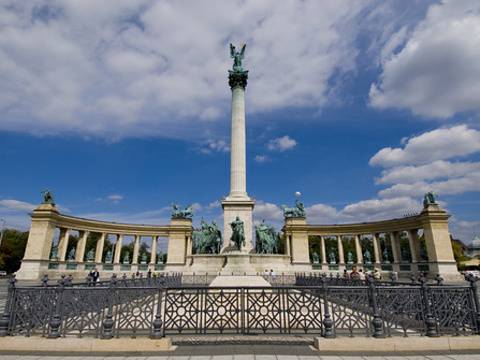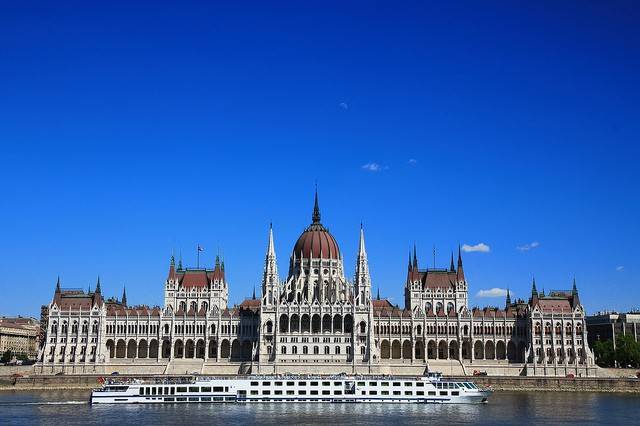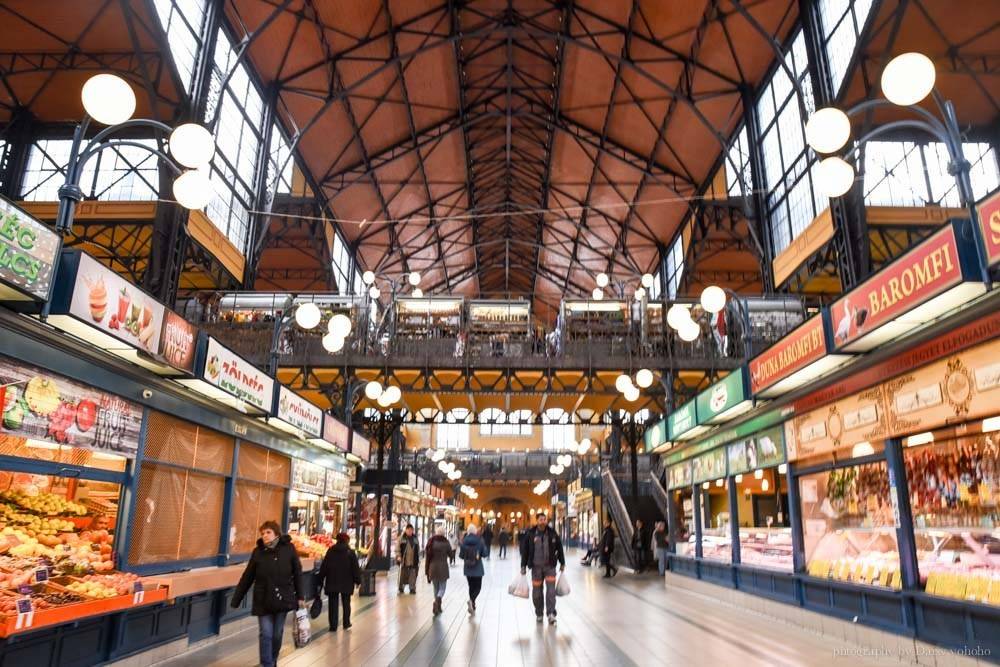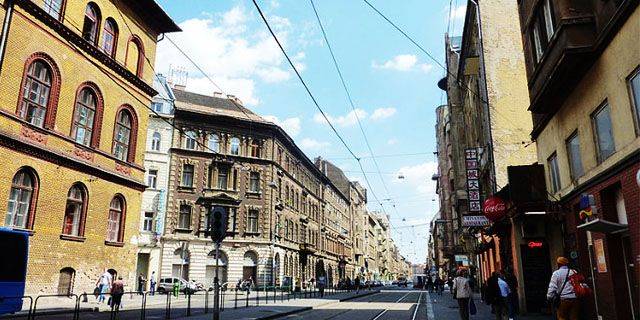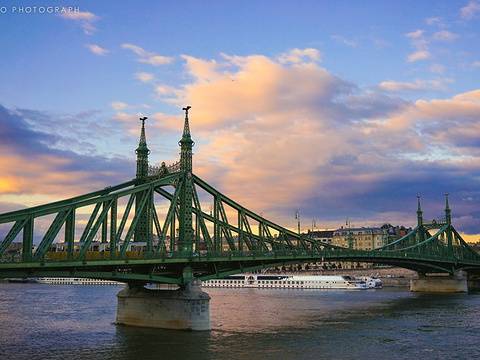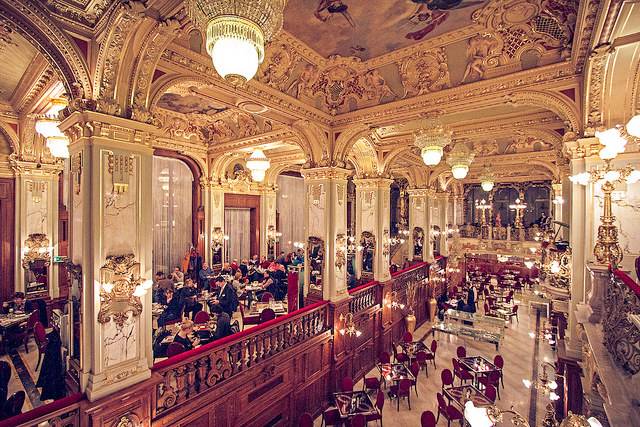A square specifically built for the 1896 'Millennium Celebration', it holds significant historical commemorative value, akin to Tiananmen Square in China. Grand ceremonies are held at Heroes' Square during major holidays or when foreign heads of state visit. The Millennium Monument at the center of the square, the seven chieftains of the Magyar tribes at the base of the monument, and the statues of historical heroes in the colonnade are all very helpful for quickly understanding Hungary's important history in a short time.
The highest point of the entire building is the 96-meter central dome hall (designed to commemorate the year 1896). The interior is extremely luxurious, reportedly using about 40 kilograms of gold to decorate the walls. It takes about an hour to tour the entire building. To avoid queues, it is recommended to book a tour group in advance on the website. Another point to note is that there are quite a few stair steps inside the Parliament Building, so please be mentally prepared in advance.
This is the huge church seen behind the Chain Bridge on Castle Hill. It was completed in 1905 after the 'Millennium Celebration'. It is also known as the 'Church of the Holy Right Hand' because the legendary right hand of Hungary's first king, Stephen I, is kept here. Although the church is large, the interior is not complex, with only a few simple halls. However, the towers on both sides can be accessed by elevator to the top, offering a great view of the entire city of Budapest.
Central Market Hall, Budapest
A building with a strong Hungarian national character, built in 1897, located on the Pest side of Liberty Bridge. Although it has become a famous tourist attraction, it is still the 'vegetable market' where the elderly of Budapest buy their daily groceries. To understand a city, the best way is to look at its 'basket of groceries.' Despite the many tourists taking photos with their cameras, the elderly here seem accustomed to it and remain unfazed, continuing to focus on selecting ingredients for dinner.
This is the most beautiful boulevard in Budapest, with almost all of the city's most beautiful buildings located on this street. It is said that it was built during the 'Millennium Celebration' to alleviate the pressure on King's Street. If you have enough time, it is recommended to walk along the entire street, which will definitely be a rewarding experience.
This green chain bridge, completed during the 'Millennium Celebration', is quite aesthetically pleasing. It is said that the last rivet was personally installed by the king. On the Buda side, it is at the foot of Gellért Hill, and on the Pest side, it is near the Great Market Hall, providing a convenient and feasible sightseeing route. Be sure to walk across this bridge!
Built in 1895, it was the favorite café of literati and writers at the time. This is definitely the most luxurious café I have ever seen. The entire interior of the café is magnificent, like a palace. It also allows us ordinary people to enjoy a royal experience. If you find the food in the café a bit expensive, you can still enjoy a simple afternoon tea in this splendid 'palace'.
